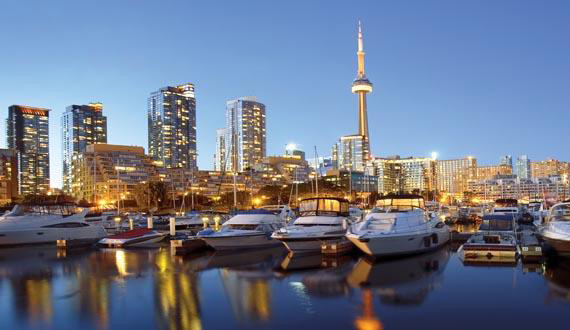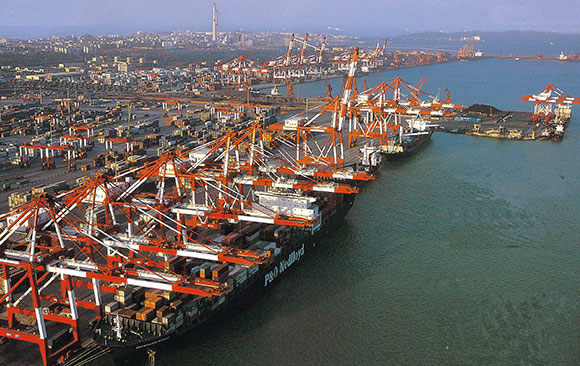Clock ticking for Australia on a "truly great" China FTA
It has been two weeks since Australian Prime Tony Abbott returned from an economically historic turn around the Asian neighborhood, deftly securing trade pacts with South Korea and Japan.
It has been two weeks since Australian Prime Tony Abbott returned from an economically historic turn around the Asian neighborhood, deftly securing trade pacts with South Korea and Japan. Yet a free trade agreement (FTA) with China, representing an opportunity several orders of magnitude greater than both deals combined, remains - after nine fruitless years - unfulfilled.
But a resolution, according to China's Foreign Ministry, is firmly in Abbott's grasp.
Trade specialists here have been counting the days since China, on the 16th of this month, called on Australia to act fast to facilitate inbound investment for Chinese businesses enthused by the obvious synchronicity between the two major economic partners.
The gravity of Chinese trade to Australia has been apparent throughout the Australian economy for more than a decade - a fact to which the Australian prime minister and long-term rival of former mandarin speaking Australian leader Kevin Rudd - would be keenly attuned.
To soften the blow of any expectations of a free-trade trifecta, Abbott called his meetings with Chinese Premier Li Keqiang as one of deepening friendship - rather than merely cutting a trade deal.
These blurred lines of intent may go down easily enough domestically, where nine years of delay have generated an exhausted ambivalence toward free-trade progress, but certainly not in China where cooperation and long-term collaboration prove the value of partnership.
So China's Foreign Ministry spokeswoman Hua Chunying's terse description of Australia's opaque investment terms at a daily press briefing indicates more than just a bipartisan agreement to "speed things up."
"We expect Australia to create a fairer environment and more convenience for Chinese business investment and operation."
Hua said unequivocally that China-Australia collaboration in trade and investment has to be mutually beneficial.
"We welcome more Australian businesses' investment in China," Hua said, giving the initiative with Mr Abbott to deal with the well-known structural obstacles concerning foreign investment.
Regulatory filters on either side are variously lost in translation, however the Foreign Investment Review Board (FIRB) in Australia now requires in-house stamped approval for investments of any amount from any state-owned enterprises (SOEs) clearly targeted at China's economic frontline.
The move not only provides an additional level of bureaucracy for China's largest investors in Australia, but also empowers a mercantile approach from the Treasurer's office which is more or less beholden to an electorate's mood.
Chinese negotiators have sought both clarification and a higher threshold, seeking exemption for investments under 1 billion Australian dollars.
For his part, Abbott said in Shanghai he recognized the commercial intent of China's SOEs indicating a willingness to grant China the same access to Australia under a free trade agreement as other trading partners.
This would guarantee FIRB scrutinization for deals exceeding the 1 billion mark rather than 248 million as it stands. The hurdle though, is in Mr Abbott's own backyard.
The influential Greens party, whose leader Christine Milne has repeatedly stated absolute opposition to any changes which would allow foreign government subsidiaries to invest up to 15 million dollars in Australian agriculture, without first going through FIRB is one such example.
"If a foreign government is buying into Australia, then that needs to be assessed in every instance, to see if it's in the national interest."
For their part, Australian investors agonize over access to key industries, especially those dominated by SOEs.
The breadth of China's economic importance to Australia stretches well beyond the historic trade surplus.
Almost 30 percent of Australian exports end up in China, a larger share than the next three most important trading nations ( Japan, South Korea and the U.S.) combined. In 2012, Australia exported 78.7 billion Australian dollars worth of goods to China and imported 46.3 billion dollars. China accounts for over 21 percent of total two-way trade for Australia.
These are the figures that need to stay foremost in the minds of negotiators as they move forward.
Abbott has simplified the drawn-out negotiations, as he does with his most perplexing issues, with a sporting metaphor.
He said, "It's a bit like being in the middle of a World Cup grand final those are the stakes we're playing for. We've scored two goals, but it will only be a draw if we don't score the third goal."
Abbott is right and now is the time to score the third goal. An FTA between Australia and China will be "a truly great" agreement between two ideally suited economies.
"What we need now is leadership and the desire to work harmoniously for the betterment of both people," as David Thomas, a Australian trade specialist, said.





 沪公网安备31010402003309号
沪公网安备31010402003309号



